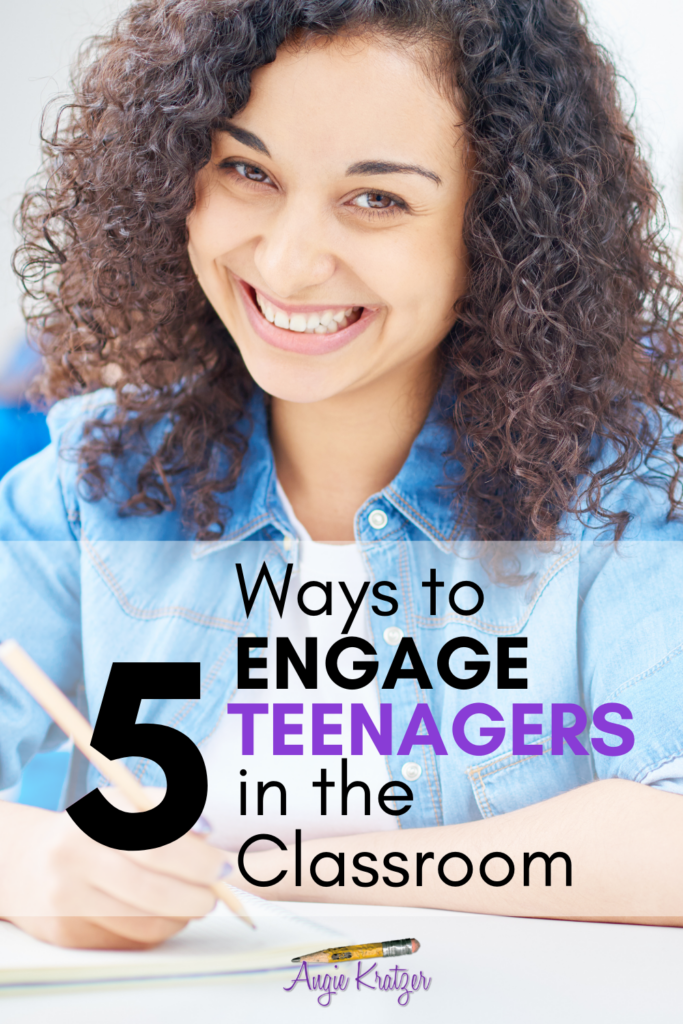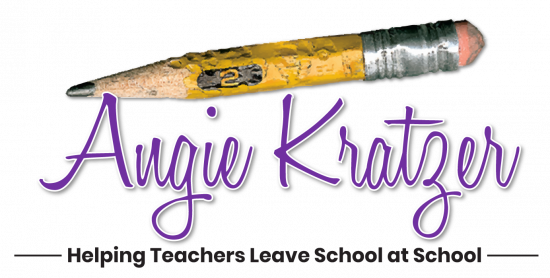Need to engage bored teenagers in your classroom? Need to channel the energy of students who are bouncing off the walls? Are your own classes boring, and you don’t know how to fix the problem? Let’s talk about it.
Why are students bored at school?
Nobody wants to bored teenagers, especially in the classroom.
In the Harvard school of ed online magazine, Zachary Jason in “Bored Out of Their Minds” says there are obvious reasons why younger students love school and older students are “bored.”
- The emphasis on standardized tests has escalated.
- The novelty of school has faded.
- Students generally lack motivation. (Jason quotes Harvard Associate Professor Jal Mehta, who says, “There’s no big external motivating force in American education except for the small fraction of kids who want to go to the most selective colleges.”)
- The transition has occurred from the tactile and creative to the cerebral and regimented. (The author again quotes Mehta, who calls it the switch from “child-centered learning to subject-centered learning.”
(Go read the article in its entirety. The author dives into what boredom is—and isn’t.)
Add to that short list the fact that the adolescent brain is now trained on instant gratification and are fed what they like by algorithms on social media, and you have 30 students staring at you while you speak in extreme slow motion while they are carb crashing after lunch.
Let’s tackle that last bullet in the list above—the transition from the tactile and creative to the cerebral and regimented. Can we not weave them together? Yes, we can.
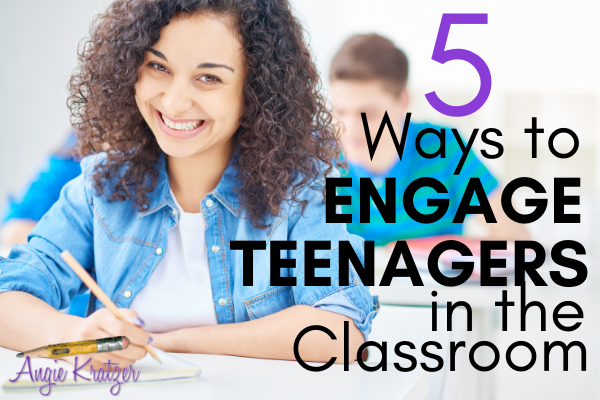
Are students over screened?
I get something akin to the Charlton Heston “cold, dead hands” speech from my fourth grader when I ask for his tablet, and that attachment is so much greater for teens.
Two OECD reports indicate that students who get more than 25 minutes of computers in schools actually have lower education outcomes than those who get less than 25. See “The Impact of Screen Use in Schools” on sensiblescreenuse.org
Perhaps engagement does not require technology.
I can tell you this with a fair degree of certainty: Your students will never say this to you, but they are SICK of screens. They are digitally exhausted.
Students are digitally exhausted.
My husband, a former third grade teacher, brought into our marriage all the accoutrements of having an elementary classroom. One day, I decided to steal his set of 25 12”x12” white boards and take them to school to use with my freshmen.
Those boards never went home. You would have thought it was Christmas when students came in and saw a white board, marker, and tissue on each desk. It was like a party up in there!
They would BEG me to use white boards, specifically when we were working on grammar, usage, and punctuation.
Related article: “The Scientific Debate over Teens, Screens, and Mental Health” NPR
Who needs the fun stuff in the classroom?
All of them. This research is a little dated, but Robert Marzono’s work indicates that students in engaging classrooms can outperform their peers by an average of 30 percentile points.
So we’re not talking about passing out crayons and scissors; we’re talking about a learning and performance difference.
Do reluctant readers need engagement? Yes.
Do high-ability AP students need engagement? Yes.
They ALL crave movement, so let’s begin there.
The disengaged, uninterested student needs to get the blood pumping, and the hyper, post-fruit-punch-at-lunch student needs to direct all that energy to something besides chatter.
Why Movement Matters (What the Research Says)
In a GettingSmart.com article, “The Essential Role of Movement in Learning,,” Scott McQuigg notes that “the brain actually lights up differently after a short episode of movement, and neural pathways are more speedy and efficient” in kids who are physically fit. Movement—both short term and long term—matters.
One study from the late 90s indicates that movement triggers the release of a substance known as BDNF, which actually improves cognition. (Kesslak, Patrick, So, Cotman, & Gomez-Pinilla, 1998).
We’re going to look at five simple activities that can both engage students and channel all that energy.
What do these activities have in common? Movement and fun.
Teen Engagement Strategy #1: Back-to-Back Summary
You may have heard that your age equals your attention span. That means that you need to switch it up for adolescents every 15 minutes for so. That may feel daunting, especially if you teach on a 90-minute block schedule. That might mean as many as six pivots per class period.
Never fear: A movement brain break qualifies as a shift. My favorite way to review content is the back-to-back summary. Students are in pairs literally back to back. The teacher asks a question, and each student holds up one finger if the statement is true/yes/choice A and two fingers if the statement is false/no/choice B. Students turn to face each other. The teacher gives the correct answer.
Students who match AND are correct give each other a high five.
Or a “Wahoo!”
Or a “Yeehaw!”
Or a hip bump.
Or a fist bump.
Or some other silliness.
Then you explain the correct answer or have a student do it. You would think students would find this activity too juvenile, right? You’ll be amazed by how much they get into it. Make the “match” celebrations loud, fun, and competitive.
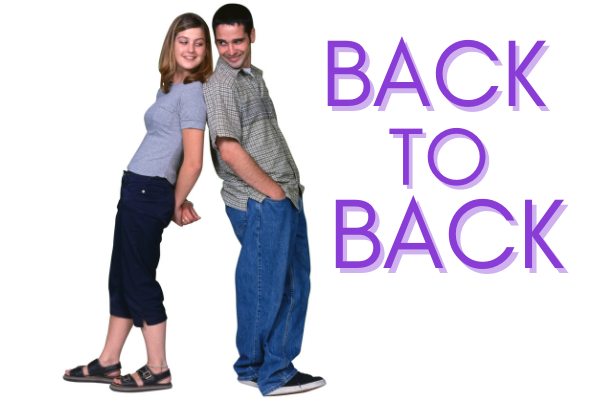
Teen Engagement Strategy #2: Four or Five Corners
Talk about firing on all cylinders! This one does the trick.
Put four or five letters around the room and give students a question or problem with that number of answer choices. Students go to the answer they got when answering the question solo. Each group confers and prepares an argument to convince classmates of the its answer. Students must then argue each respective case, all the while being allowed to change groups. For example, the A group may be unable to justify the answer, and all four students who chose A may go to other groups. Eventually, there will be two large groups—one with the correct answer and one with the foil or detractor. They verbally duke it out and then find out from the teacher who won.

To read in more detail how I do this in my high school English classroom, read the post How to Make AP Lang Multiple Choice Less Like Torture.
Teen Engagement Strategy #3: Consulting Line
This strategy takes a little bit of prep, but you can use the same pieces over and over.
Here’s how it works: Divide the class into two facing lines. One side stays still while the other rotates (think of a one-sided “Soul Train”). Each student has a slip of paper or a task, and students have to talk in pairs over and over.
Example:
When I teach complex sentences, one side of the line has dependent clauses and the other independent. As students rotate, pairs take turns reading their clauses so that the dependent clause is first with a comma and the dependent clause is first without a comma following it. The sentences are funny or outrageous, and students have the additional task of finding their “natural partner.”
I’ve also used this movement strategy as an icebreaker, speaking skill practice, and fact review. Bonus points if you play the Pandora channel Double Dutch Bus Radio!
Teen Engagement Strategy #4: Gallery Walk
Also known as a scoot, a gallery walk works like a museum tour with students moving from one poster/chart/prompt to another alone or in small groups. Depending on space, the teacher might have five or so stations around the room (on the wall or on tables/desks) or going down the hall outside the classroom.
Ideas for Gallery Walks:
- Have five writing prompts on the wall. Students move to each one and create a thesis on a separate sheet of paper.
- Place five reading passages on the wall. Students move to each one and find a particular type of context clue.
- Have five math problems displayed. Students move to each one and solve.
- For test review, have five events on display. Students have to move to each one and discuss causes or effects with a partner while the teacher monitors.
Teen Engagement Strategy #5: Give One, Get One
This activity is the easiest of the five to implement. Simply allow students to get up and mingle and share answers. In order to get an answer, a student has to offer up an answer or idea to each partner.
Ideas for Give One, Get One Use:
- For particularly challenging tasks, students can “steal” from one another. In an English classroom, students can do this trade with vocabulary definitions, rhetorical analysis evidence, etc.
- Give students a vocabulary spectrum (see image below from my unit on argumentation) and have them fill it out alone first and then use Give One, Get One to teach peers the terms they know and be taught terms they do not.
- After a solo brainstorming session, students move about the room to add to their idea list and offer up their own.
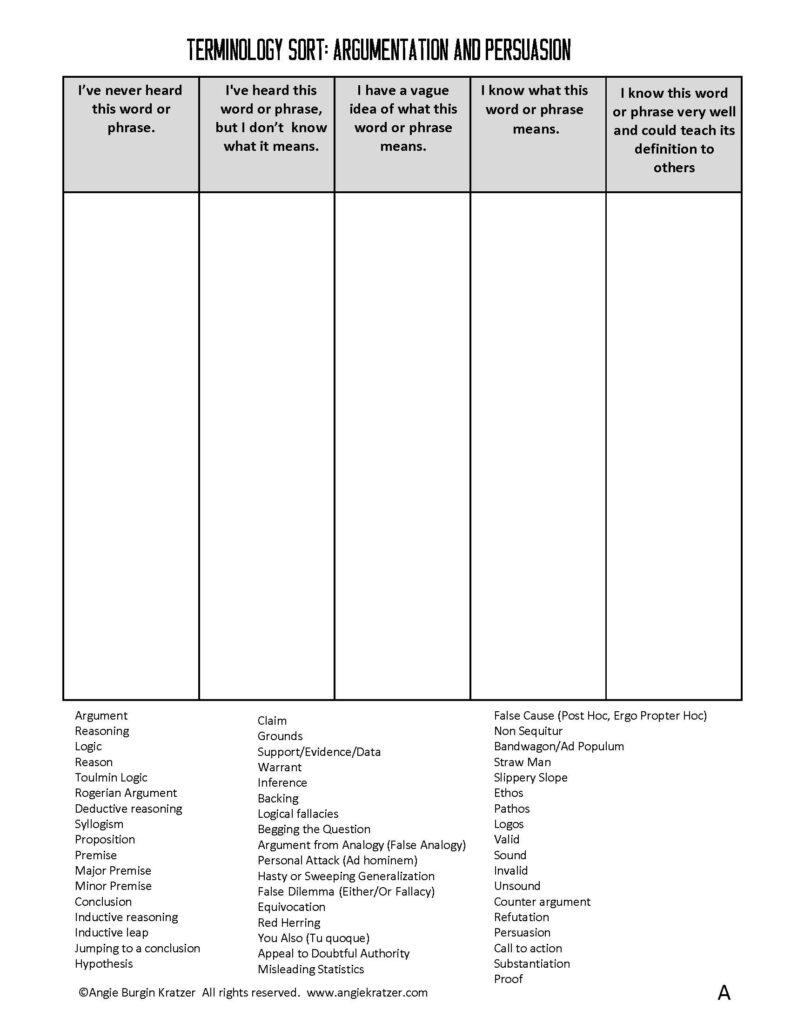
But what about transitions between activities?
This is indeed the challenge. Students have to be trained to respond to something other than your voice! Consider these options:
- A timer counting down on a large screen
- Chimes
- A hand clapper
- Two human hand claps (to which students respond with two claps and sit down)
- Blinking lights
Why Movement is Worth It
You know that adage about students not caring about your content until they believe you care about them? Incorporating movement in the classroom demonstrates that their engagement matters to you. They have more fun, you do less fighting you face to keep their heads off their desks. And they actually learn more.
I’m a firm believer in movement (obviously), so much so that I begin the semester using three of these strategies in one class period. Check out 3 Fresh Icebreakers for Teens.
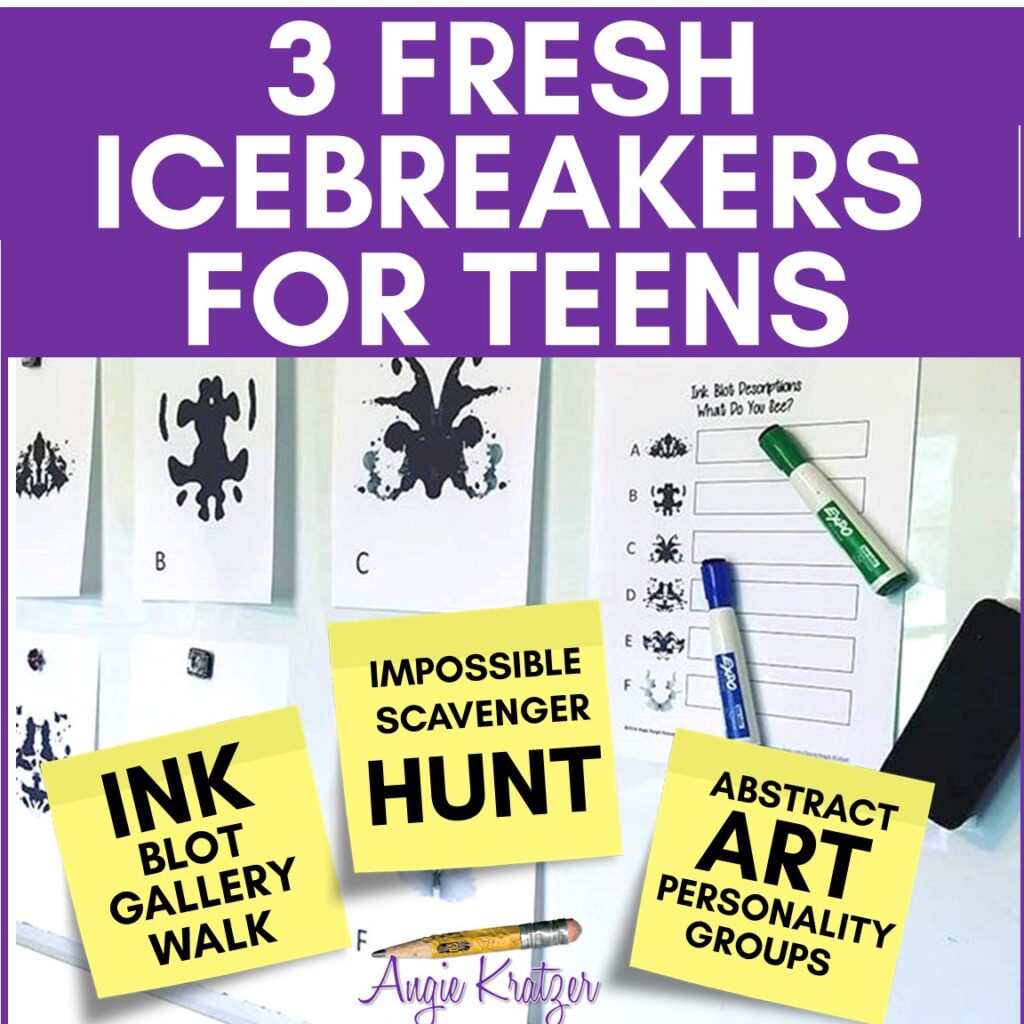
Preventing boredom in school is worth all the planning it takes to make it work!
Want to learn more about the strategies Angie uses in her English classroom? Subscribe to her email list and get weekly freebies, tips, resource updates, and announcements. Check your inbox for six free lesson plans on teaching tone!
